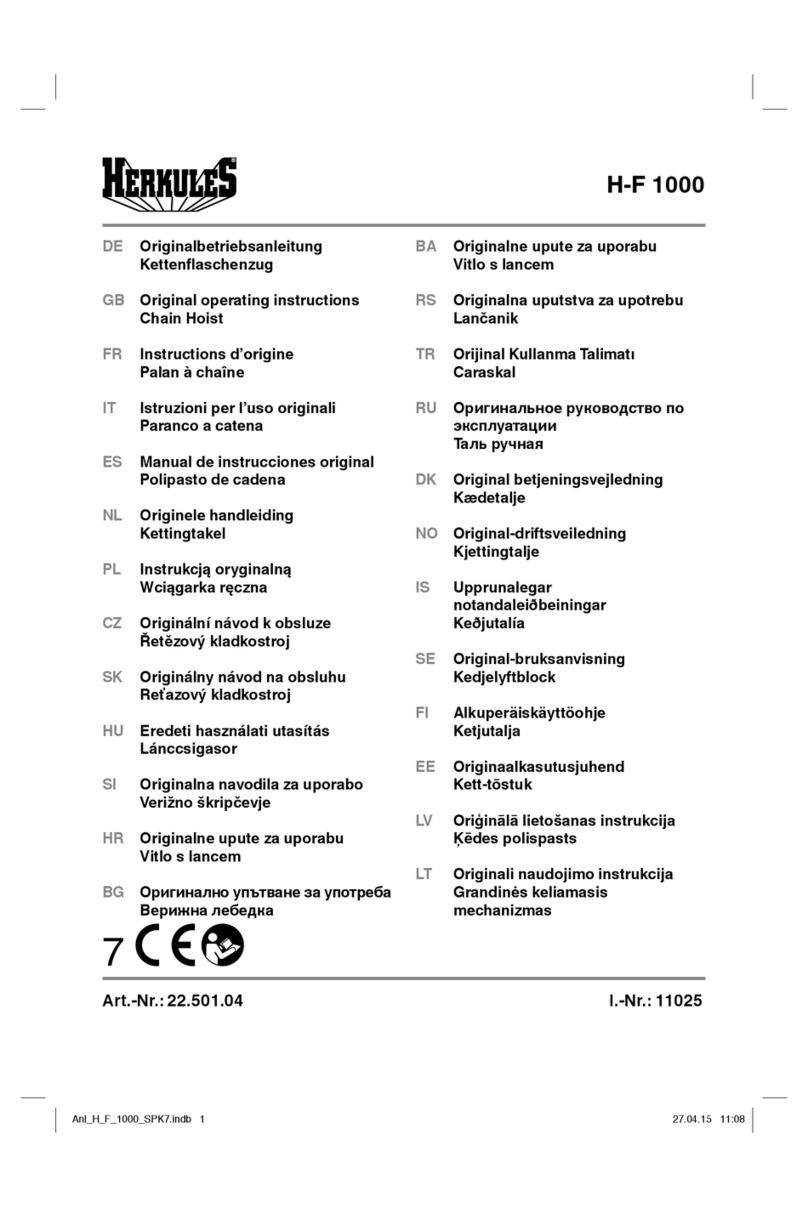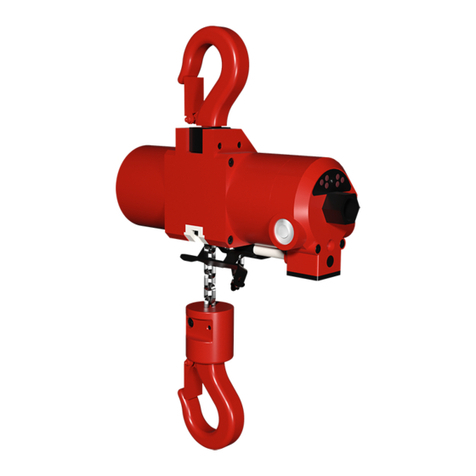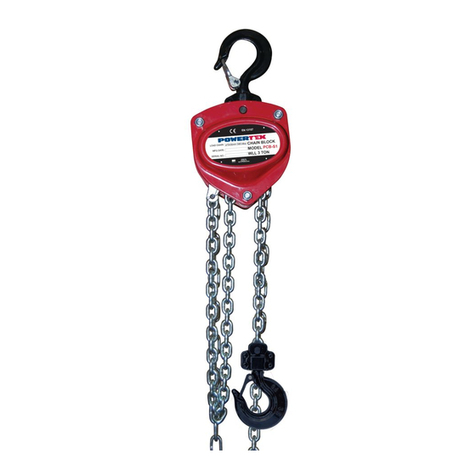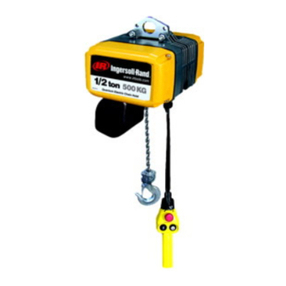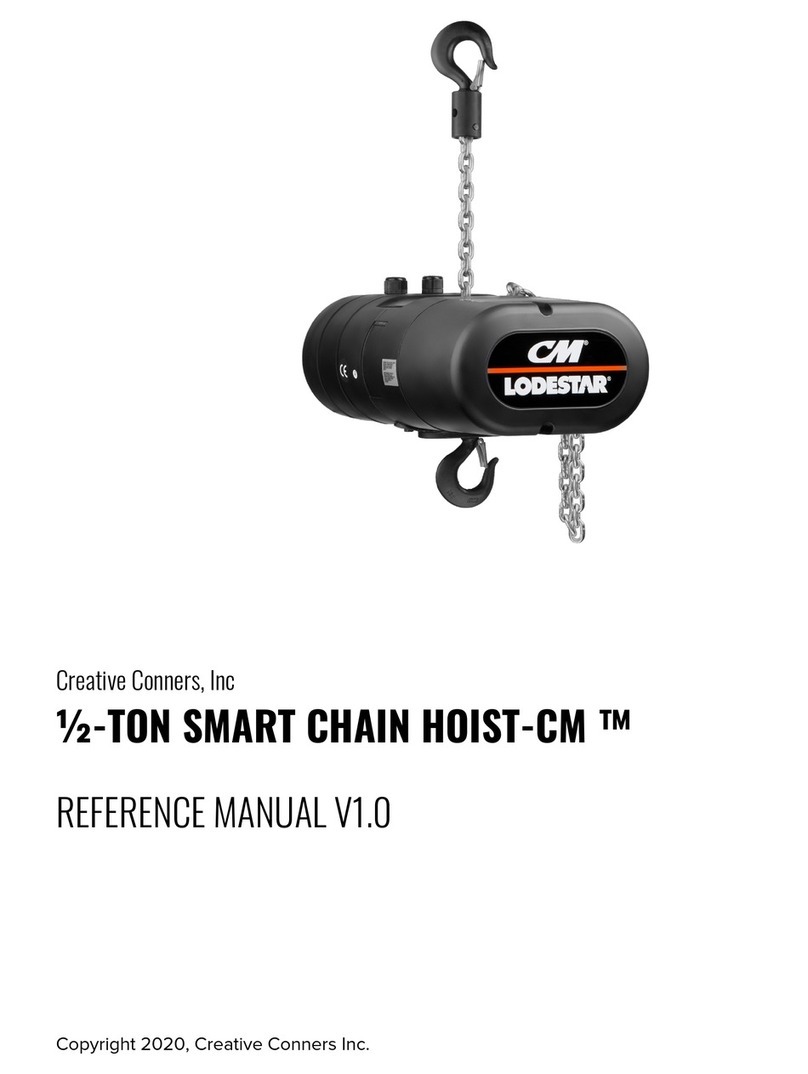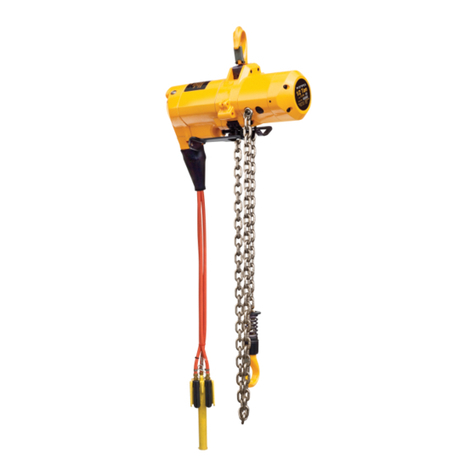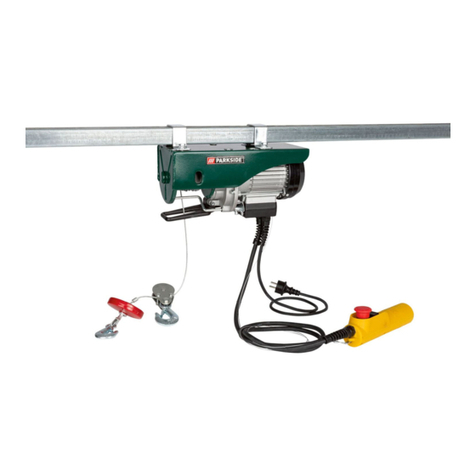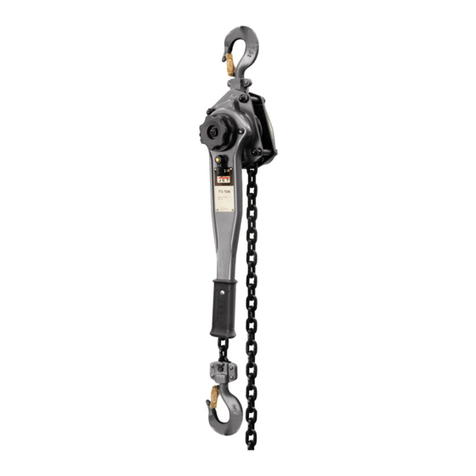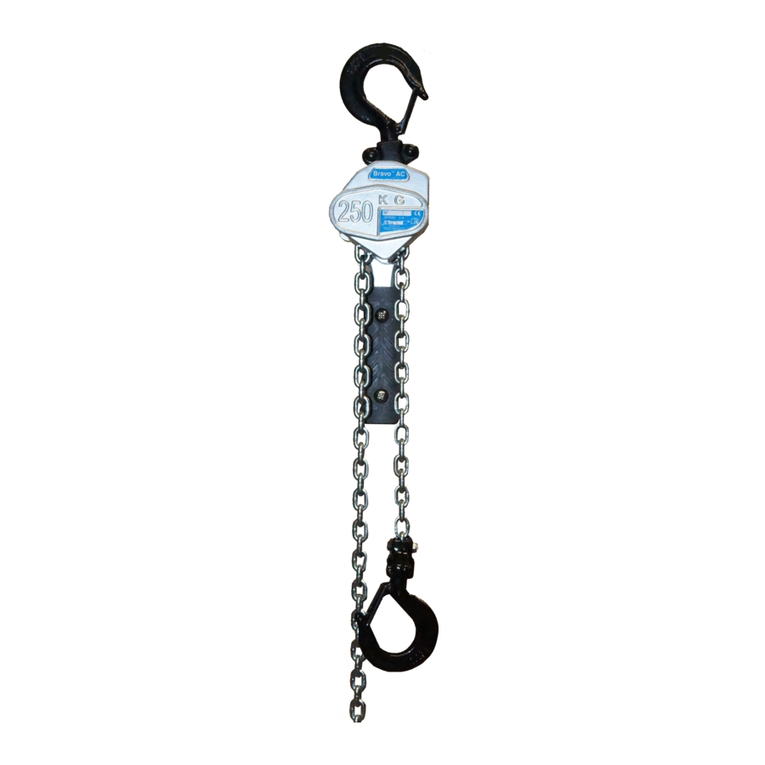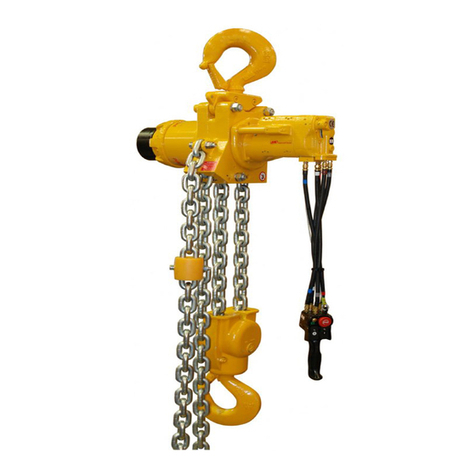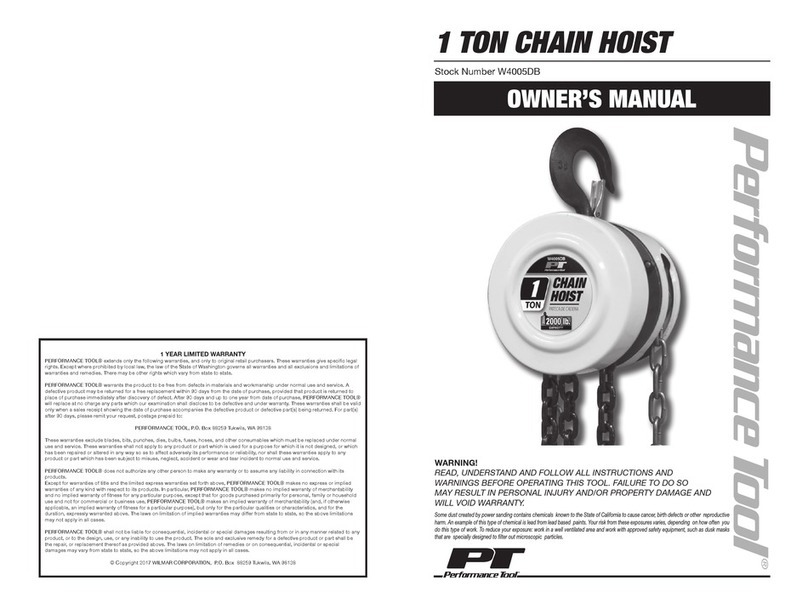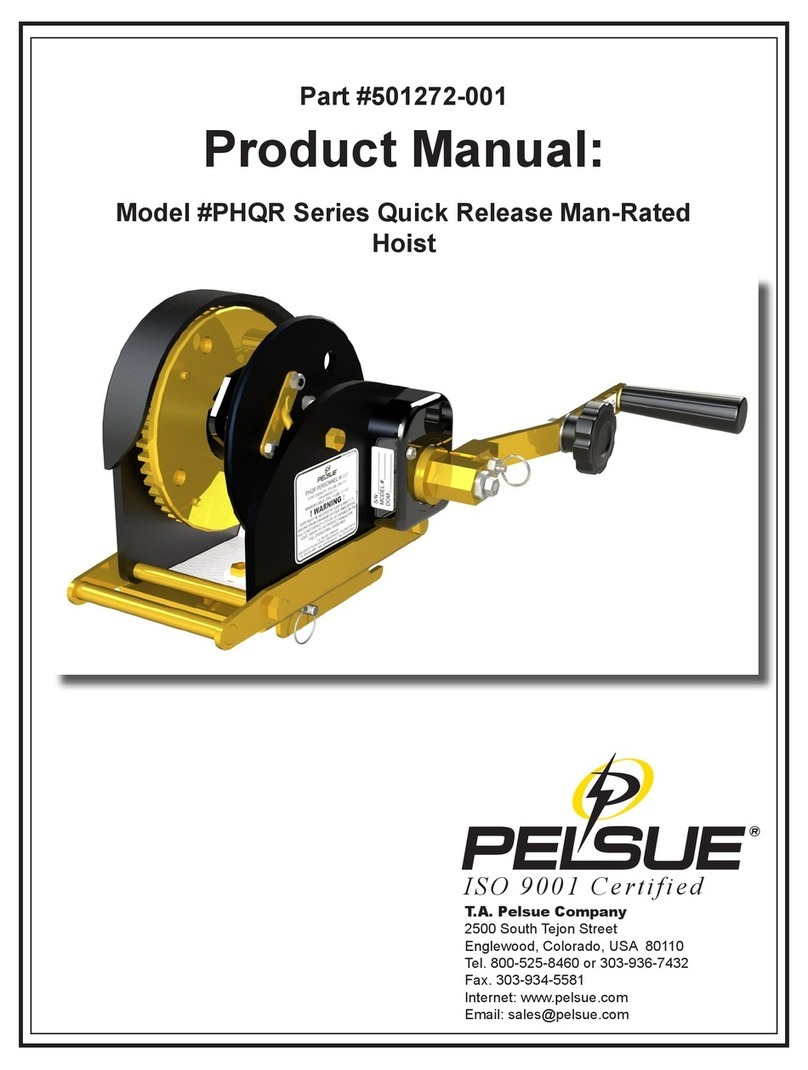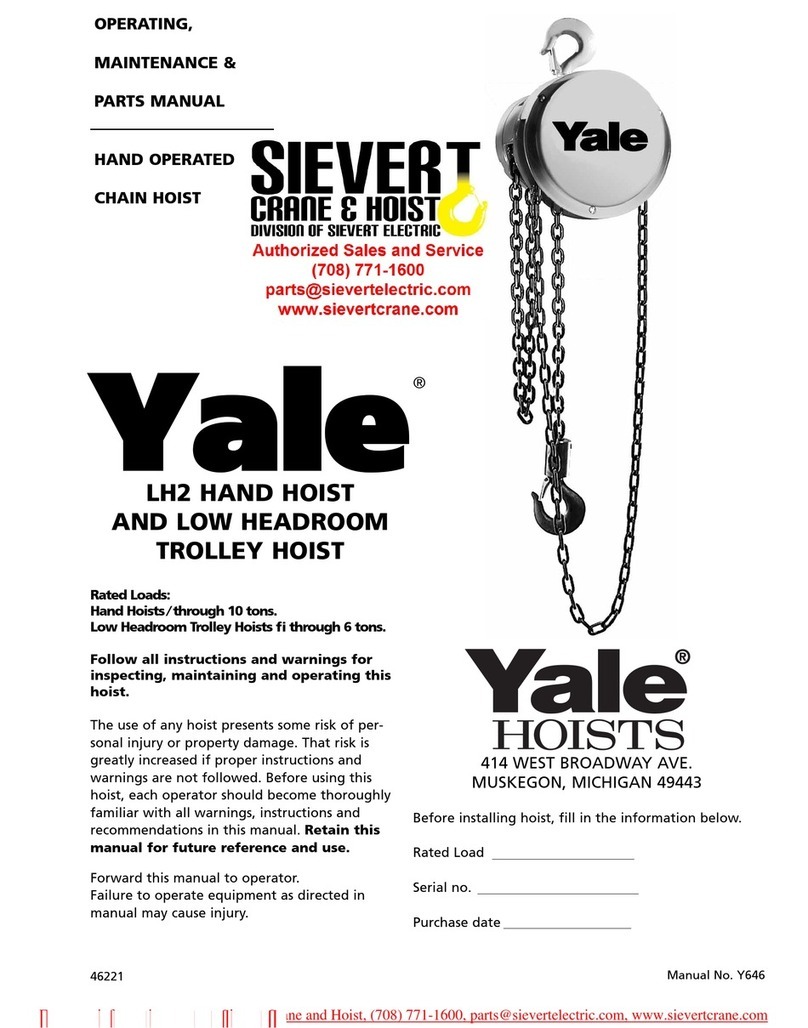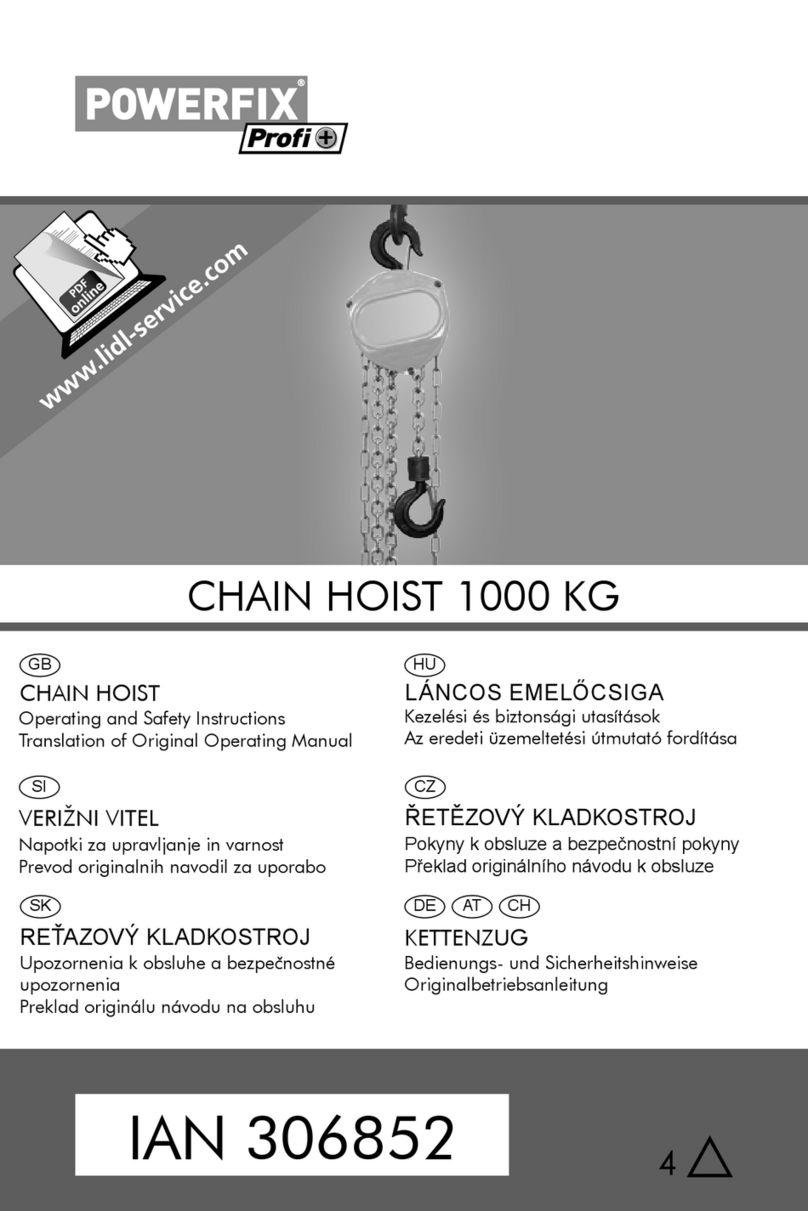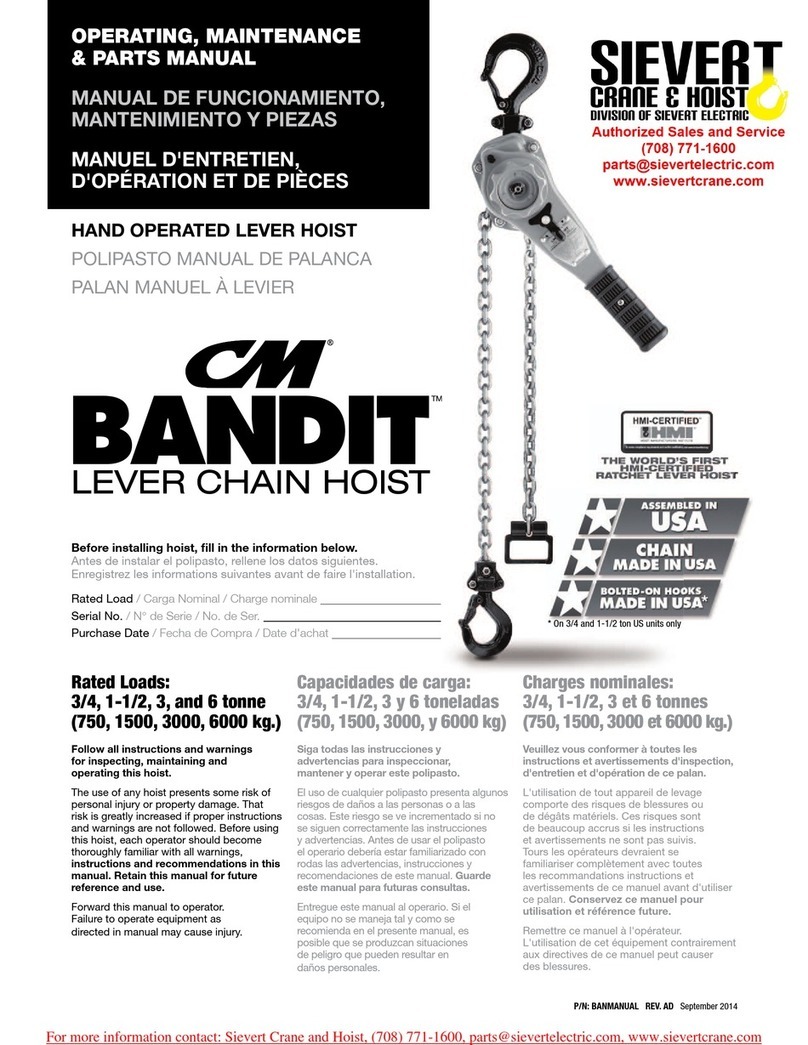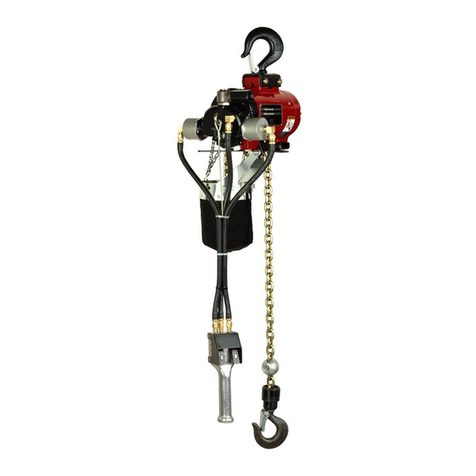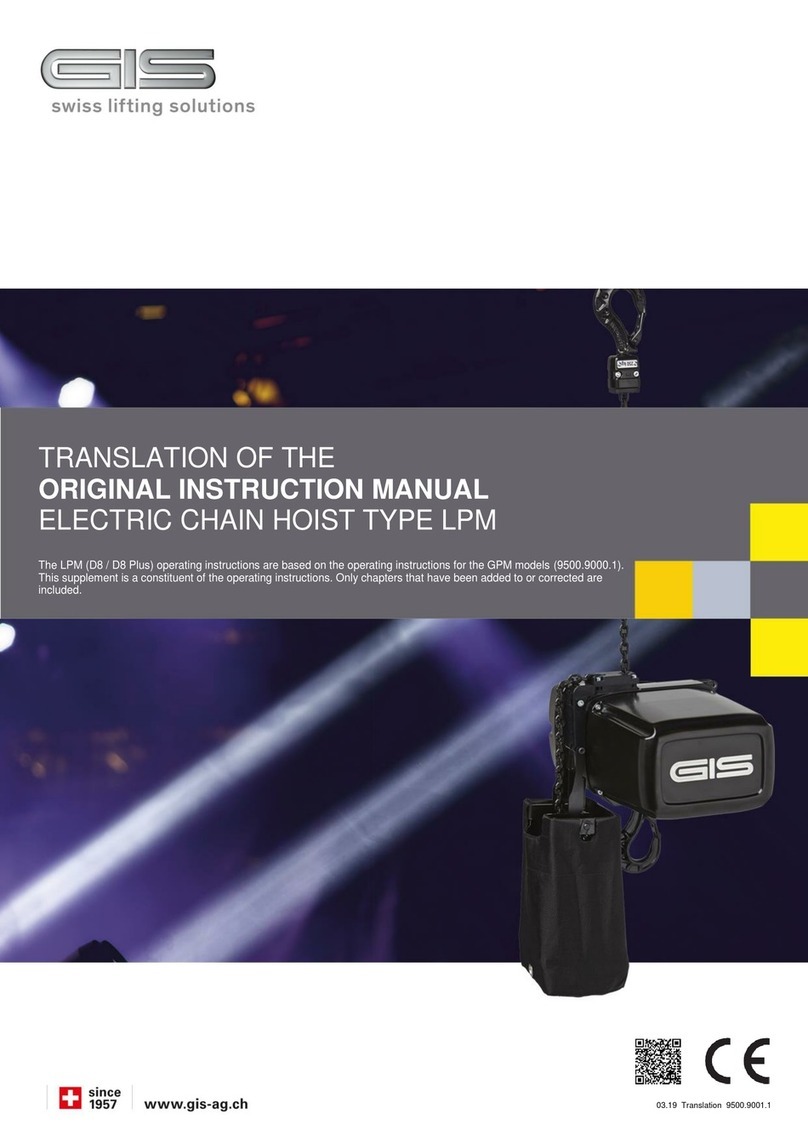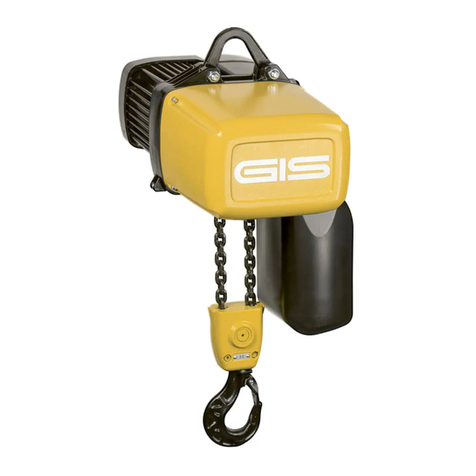
3Swiss Lifting Solutions
Table of contents
Spare parts / Ordering spare parts ...................................................................................... 4
0 General information ..................................................................................................... 5
0.1 General safety instructions ................................................................................................................................................................... 5
0.1.1 Safety and hazard information.............................................................................................................................................................. 5
0.2 General safety regulations and organisational measures .................................................................................................................... 5
0.2.1 Warning markings / Legends / Warning plates ..................................................................................................................................... 5
0.3 Particular safety instructions................................................................................................................................................................. 5
0.4 Instructions for hazard protection ......................................................................................................................................................... 6
0.4.1 Hazards - Mechanical ........................................................................................................................................................................... 6
0.4.2 Hazards - Electrical............................................................................................................................................................................... 7
0.4.3 Sound pressure level ............................................................................................................................................................................ 7
0.5 Technical status .................................................................................................................................................................................... 7
0.5.1 Periodic checks..................................................................................................................................................................................... 8
0.5.2 Warranty................................................................................................................................................................................................ 8
0.6 Appropriate use..................................................................................................................................................................................... 8
0.6.1 Use of the instruction manual ............................................................................................................................................................. 10
1 Description .................................................................................................................10
1.1 Operating conditions........................................................................................................................................................................... 10
1.2 General description............................................................................................................................................................................. 12
2 Start-up ......................................................................................................................13
2.1 Transport and assembly...................................................................................................................................................................... 13
2.2 Connections ........................................................................................................................................................................................ 14
2.2.1 Electrical connections......................................................................................................................................................................... 14
2.2.2 Brake system....................................................................................................................................................................................... 15
2.2.3 Load chain........................................................................................................................................................................................... 16
2.2.4 Limit switch.......................................................................................................................................................................................... 18
2.2.5 Chain container................................................................................................................................................................................... 19
3 Care and maintenance................................................................................................20
3.1 General guidelines for maintenance and repair.................................................................................................................................. 20
3.2 Care and maintenance........................................................................................................................................................................ 21
3.2.1 Care overview ..................................................................................................................................................................................... 21
3.2.2 Maintenance overview ........................................................................................................................................................................ 21
3.2.3 Brake system....................................................................................................................................................................................... 21
3.2.4 Load chain........................................................................................................................................................................................... 22
3.2.5 Chain guidance ................................................................................................................................................................................... 23
3.2.6 Limit stop............................................................................................................................................................................................. 23
3.2.7 Transmission....................................................................................................................................................................................... 23
3.2.8 Slipping clutch..................................................................................................................................................................................... 23
3.2.9 Suspension parts ................................................................................................................................................................................ 23
4 Measures for achieving safe operating periods ...........................................................24
4.1 Determining the actual operating time ................................................................................................................................................ 24
4.2 General overhaul................................................................................................................................................................................. 25
4.3 Disposal .............................................................................................................................................................................................. 25
5 Annex .........................................................................................................................26
5.1 Technical data..................................................................................................................................................................................... 26
5.2 Electrical parameters .......................................................................................................................................................................... 28
5.3 EC Declaration of conformity .............................................................................................................................................................. 30
5.4 EC Declaration of incorporation.......................................................................................................................................................... 31

